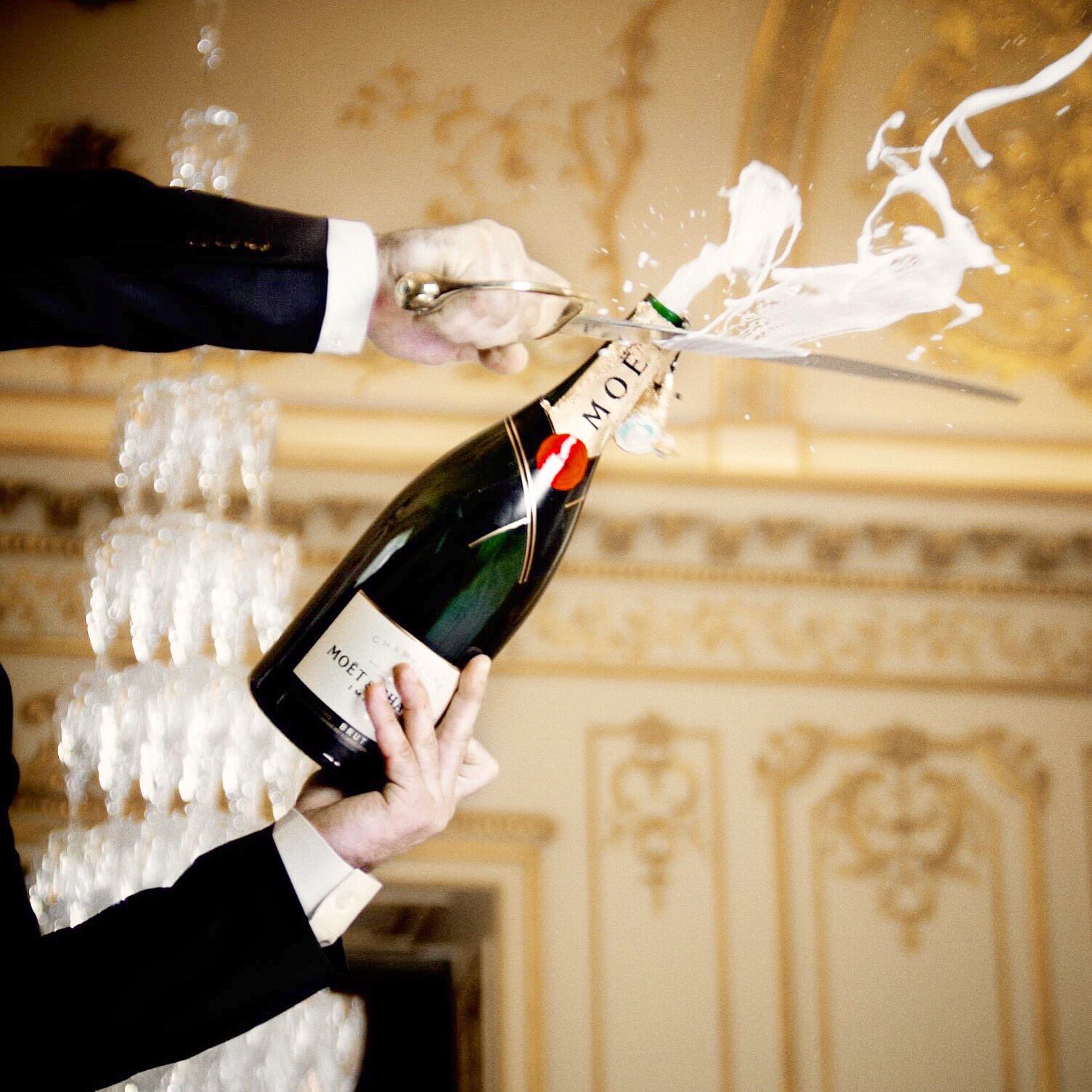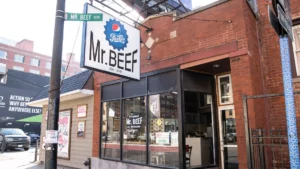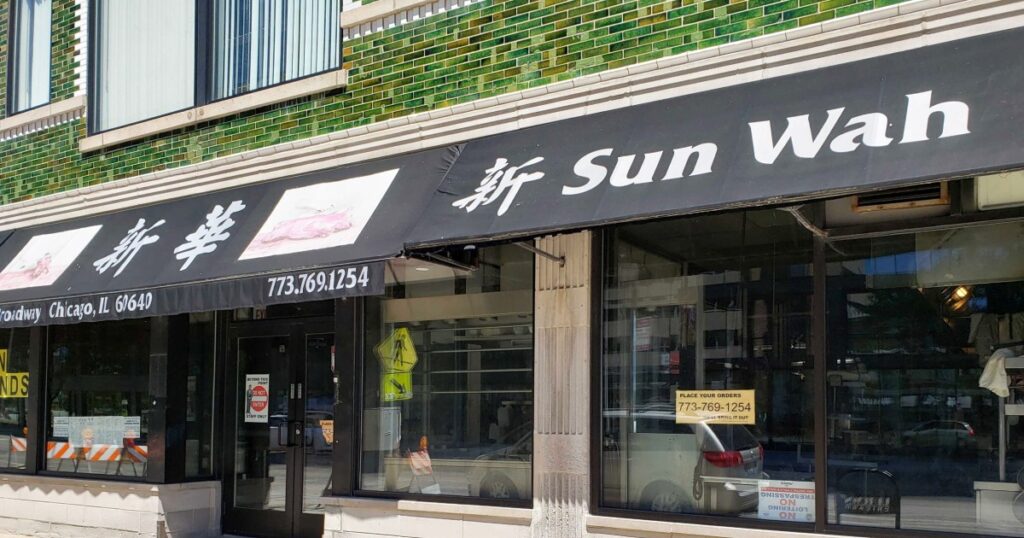A few years ago when I was an intern at a different men’s publication, I shared my intern corner with a champagne saber left over from a photo shoot. This wasn’t the kind of work environment where anyone was regularly decapitating bottles of the bubbly at the office, so the saber had largely outlived its purpose post-shoot and was just large enough to be an inconvenient piece of clutter that the editors were eager to pawn off on anyone who would take it. I was asked multiple times if I had any interest in giving the saber a home, and while the answer was yes, I ultimately declined to do so, primarily because the logistical hurdle of bringing a sword on the subway outweighed any actual need I had for a champagne saber.
This decision is among my biggest regrets. There are a lot of things I should probably regret more, but I don’t because I’m too busy regretting not taking that champagne saber back to Queens with me when I had the chance.
Here’s the thing: no one actually needs a champagne saber, and that’s the point. Its appeal rests almost entirely on the luxury of functionally useless things. The champagne saber is an object that serves one purpose and one purpose only, and that purpose is largely unnecessary. There are obviously much simpler, more efficient ways of uncorking a bottle of sparkling wine that don’t require the use of any extraneous accessories at all. In short, the champagne saber is an almost entirely needless extravagance — and what’s more fun than a needless extravagance?
In defense of everyday extravagance
“Champagne sabers elevate an occasion of celebrating to another level,” says Arthur Morgan, founder of the San Francisco-based California Champagne Sabers. “Every birthday toast, graduation or marriage feels more special when a bottle is popped with a sword.”
However, as we’ve previously established, there’s absolutely no reason the celebratory qualities of sparkling wine should be limited to actual celebrations. As “Champagne Empress” and author of Better With Bubbles, Ariel Arce, told InsideHook last month, “Champagne is a legal drug … something that just makes you feel better when drinking it.” That, according to Arce, is all the more reason sparkling wine should be enjoyed as often and ubiquitously as its still counterparts, despite a long stigma linking champagne consumption exclusively to New Year’s Eve and wedding toasts. Essentially, life is short and often devoid of joy. Why sit around waiting for it to hand you an occasion worth celebrating when you can simply grab life by the bubbles and make your own evening worthy of celebration by simply popping open a bottle? For those who aren’t afraid to treat every day like a celebration, the question isn’t, “Is champagne appropriate for tonight,” but rather, “How can I make this night worthy of drinking champagne?”
And if you can enjoy a bottle of bubbly whenever you damn well please, why shouldn’t you also go ahead and elevate that experience further by uncorking that bottle in dramatic fashion?
“Anyone who likes to celebrate and drink champagne should own a saber,” says Frank Morgan King, proprietor of Sonoma Champagne Sabres and a longtime “sabrage enthusiast.” According to King, champagne sabers are simply for those who “enjoy the finer things in life.”
In a world of practicality, champagne sabrage is purely about aesthetics and experience — about elevating an ordinary means to an end to an event in and of itself.
According to Morgan, while a bottle of bubbly opened by any other means will still taste the same, sabrage can often provide “a placebo effect of sorts,” leaving drinkers riding “the endorphins and serotonin boost” while they sip the spoils of a recent beheading.
“Sabering has no effect on the flavor of the wine, but it has a huge effect on the drinking experience,” echoes King. “There is just no substitute for the exhilarating pleasure of sabering a bottle of champagne.”
You can saber a bottle of champagne with almost anything, but should you?
A favorite Snapple fact among those educated in the art of sabrage is that you don’t actually need a saber to do the job. The internet is home to many videos of people sabering bottles with unconventional items from wine glasses to credit cards, and most how-to guides online remind sabrage novices that any old knife should do the trick.
While this is technically true — sabrage is accomplished by snapping the neck of the bottle via pressure on a cold bottle seam; it has nothing to do with the blade itself — Morgan isn’t particularly impressed by the supposed novelty of sabering sans saber.
“You could brush your teeth with a mop or get to work on a horse, but a toothbrush and a car are far more enjoyable modes of oral hygiene and transport. The same goes for sabrage,” he says. “If you want to open a bottle with a shoe go for it. For the more sophisticated, a saber is a better choice.”
KIng expresses similar sentiments. Sabrage, he says, “has more to do with the spirit than the functionality,” and much of the spirit is lost without the saber itself.
“Would you serve a four-course epicurean delight on a paper plate? Of course not. Sabering a fine bottle of champagne is no different,” says King. “You can open a bottle of champagne with a butcher knife, but you will lose the effect. Sabrage is a time honored tradition going back to the days of Napoleon — and he did not use a butcher knife.”
Selecting the perfect saber
As far as needless extravagances go, a champagne saber isn’t actually going to set you back too much. A wide array of quality sabers can be purchased for somewhere in the $100 to $300 range, and King recommends sticking to reputable dealers rather than trying to sniff out cheaper options on Amazon.
“You may get a dirty, uneven finish on the blade” if you decide to risk cheaping out, he explains, adding that most Amazon retailers also won’t include information about the country of origin, which can be an important indicator of steel and finish quality.
“Major cutlery centers like Maniago Italy, the Laguiole region of France or Germany produce the best quality products,” says King.
Strong steel matters, adds Morgan, “as a champagne saber blade can take a beating over the course of many sabrages.”
King also recommends sabrage novices stick to shorter sabers, while the “experienced showman tout the longer swords.” So do you need a champagne saber? Probably not. But in a world obsessed with functionality and efficiency, there’s an art to appreciating the purely aesthetic. Sabrage, like champagne itself, offers an experience of elegance and effervescence, reminding us the power to make our lives worth celebrating is literally in our own hands.
Life’s short. Decapitate some champagne — and for god’s sake do it in style.









